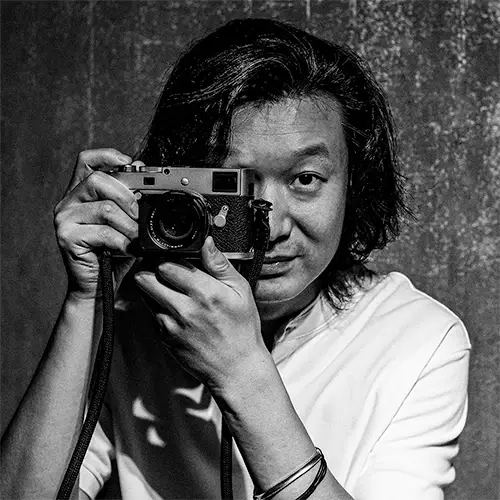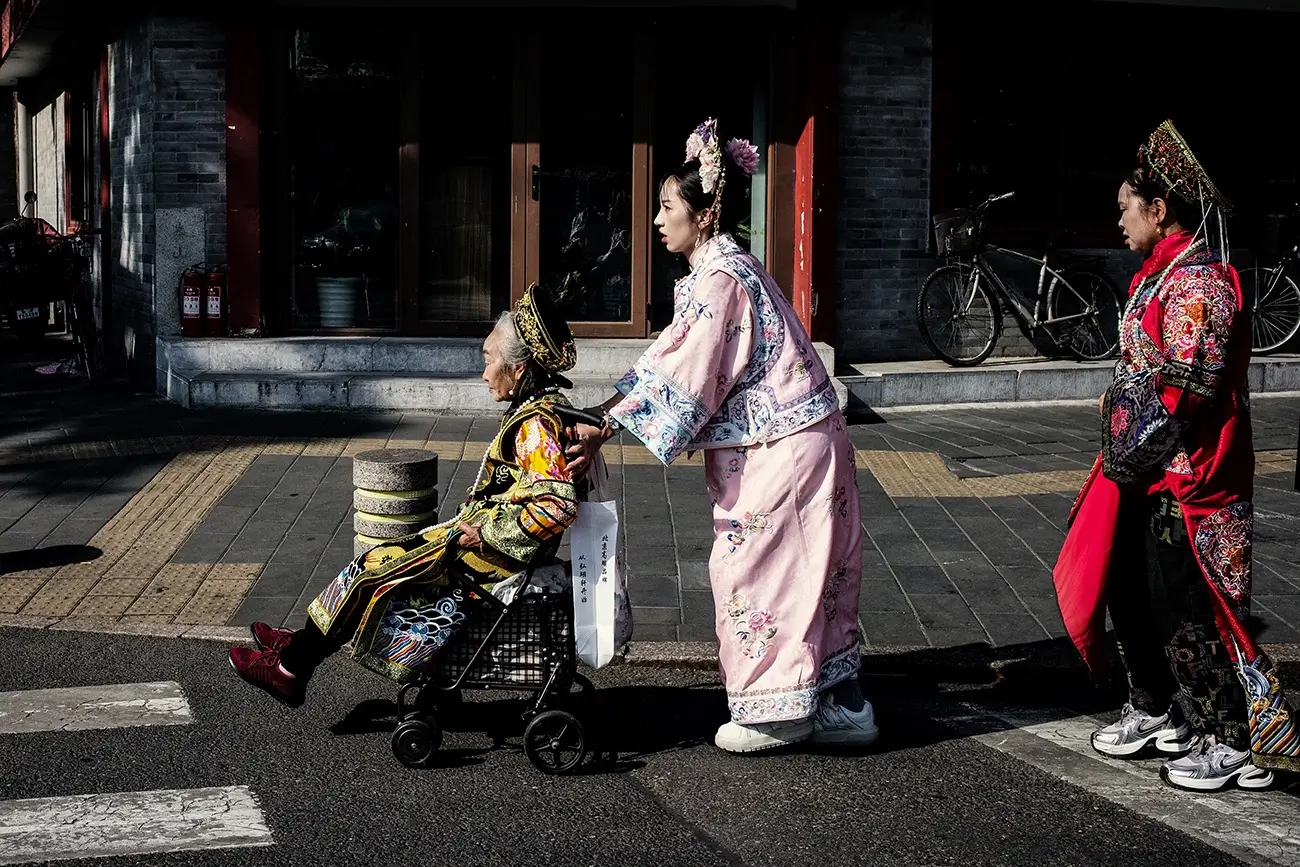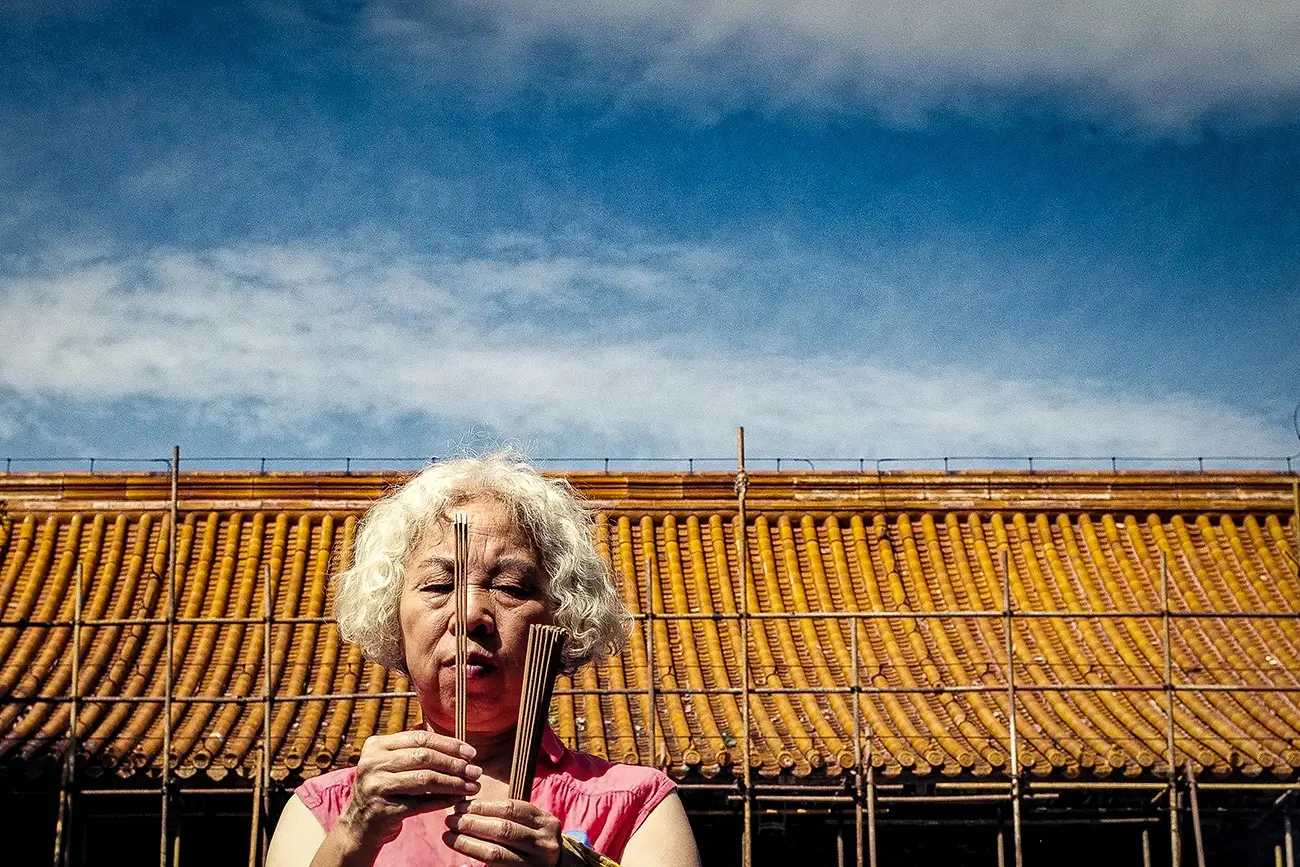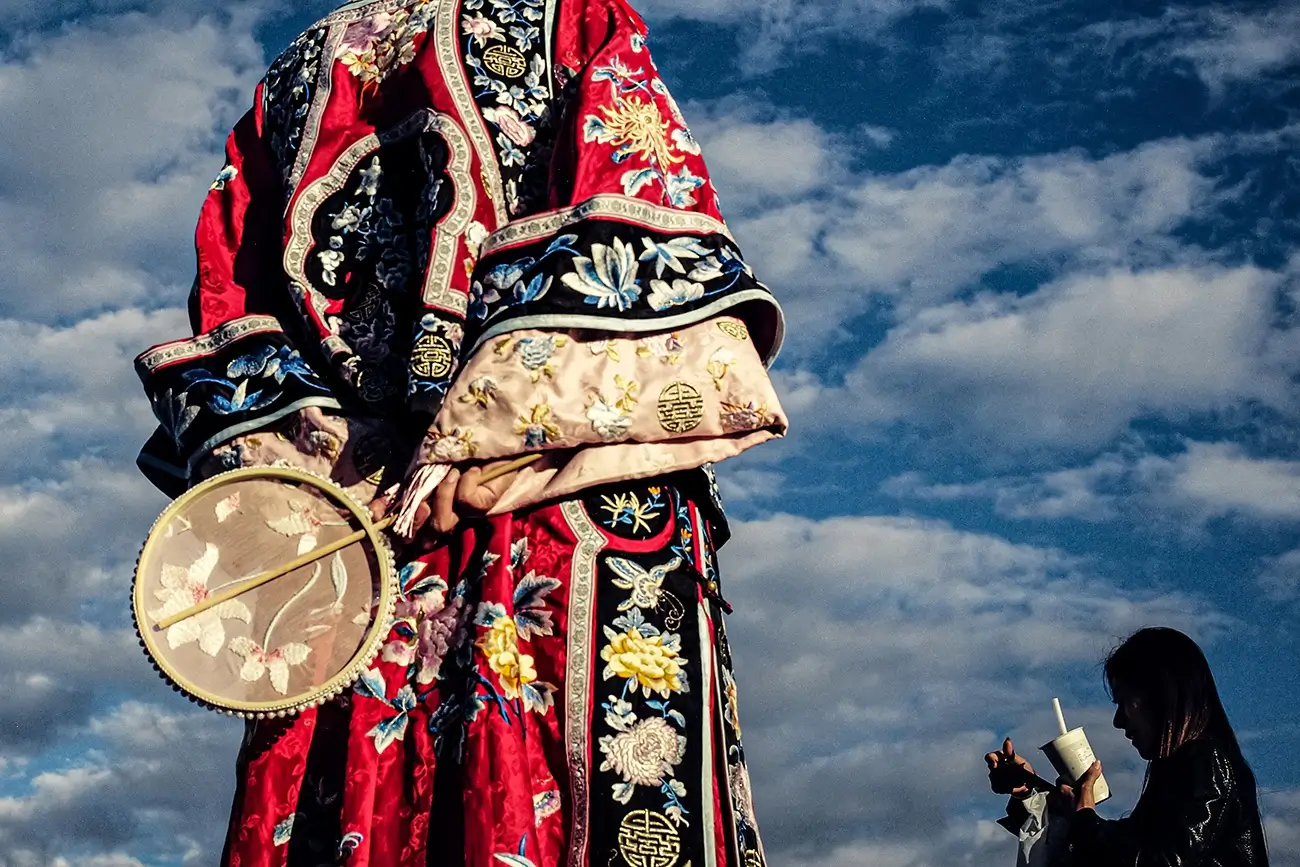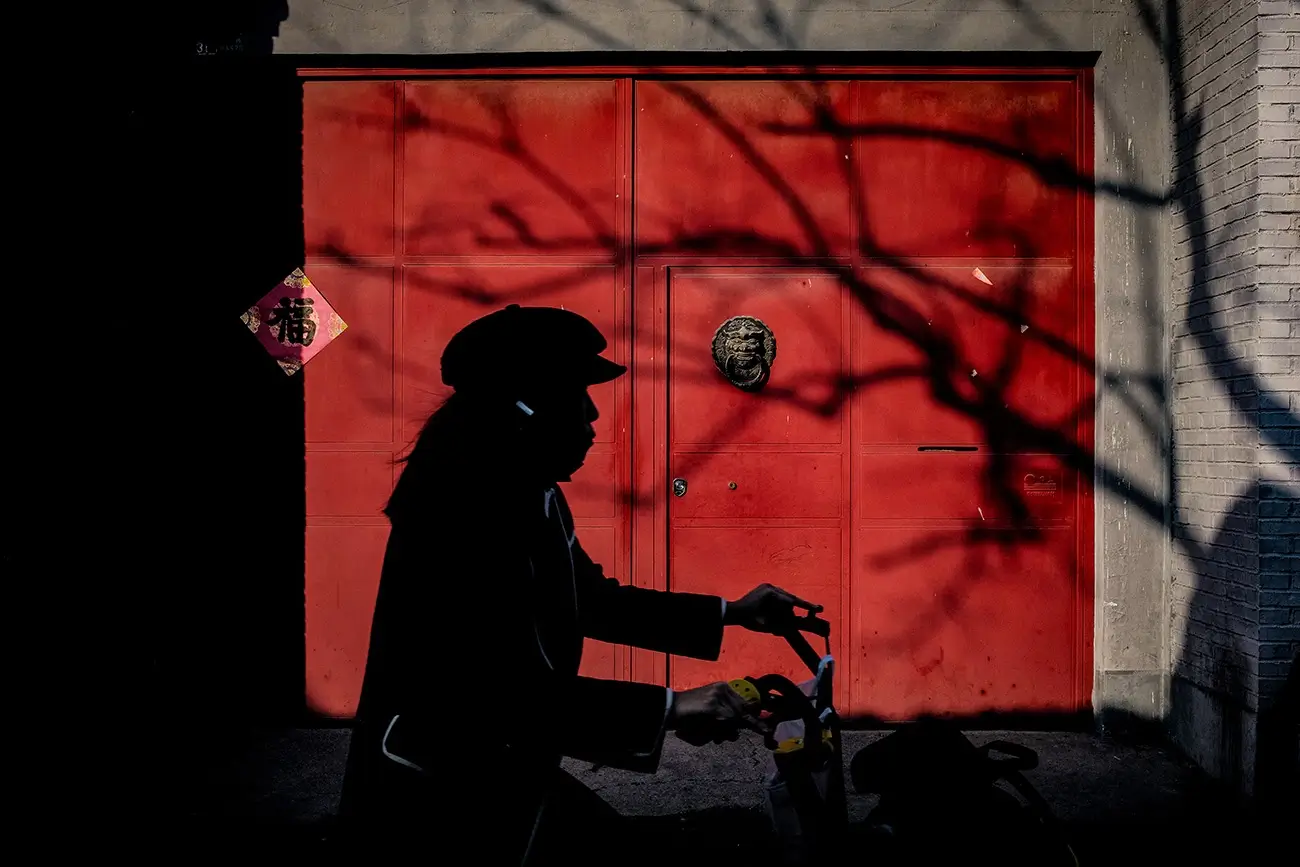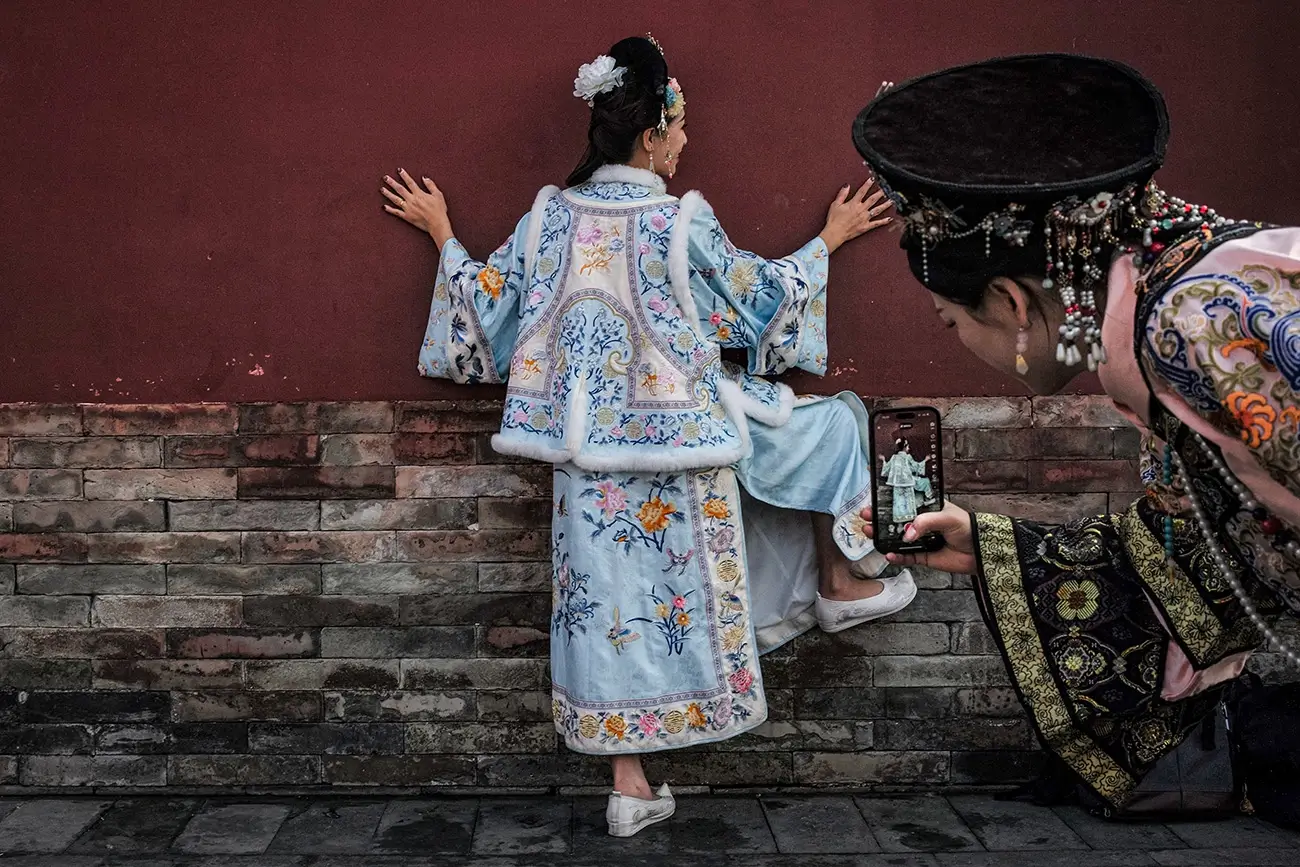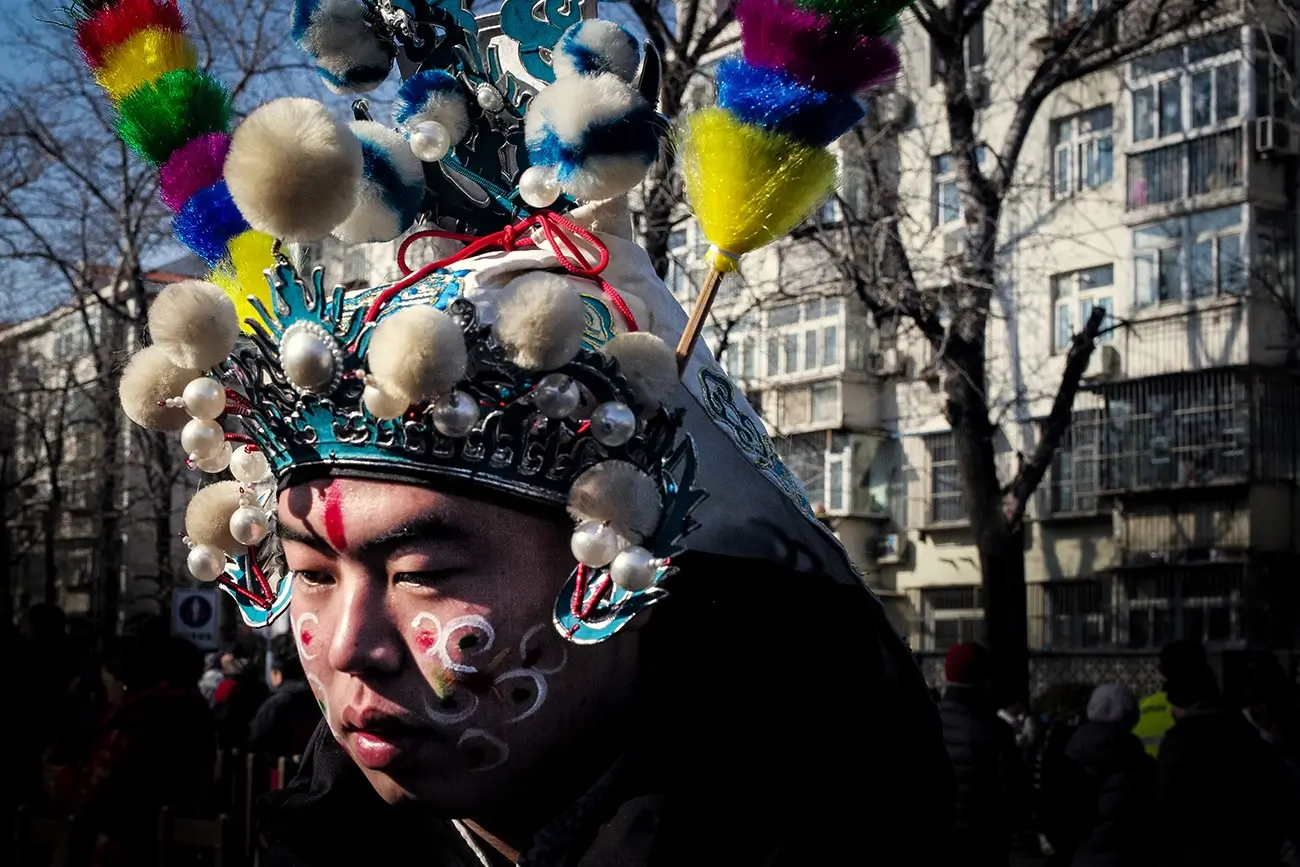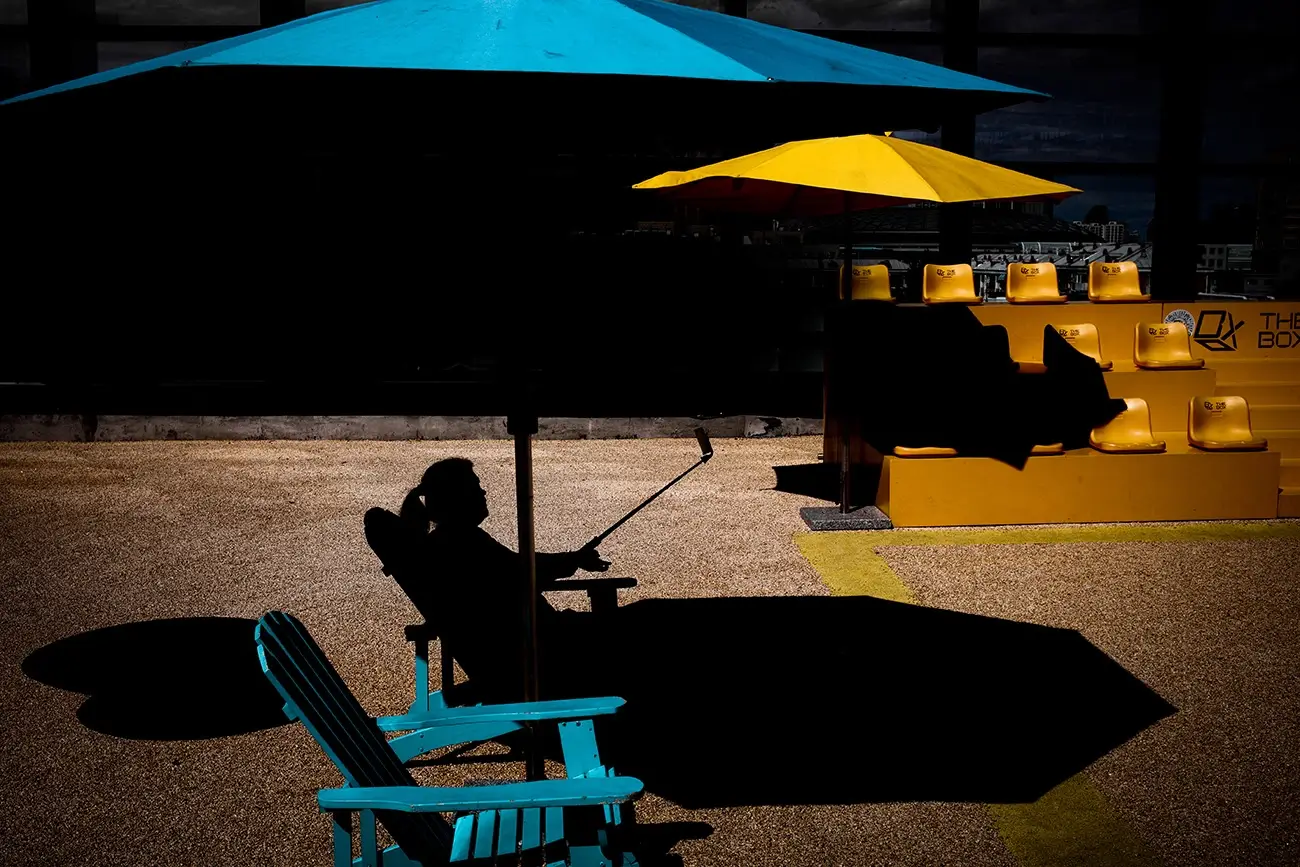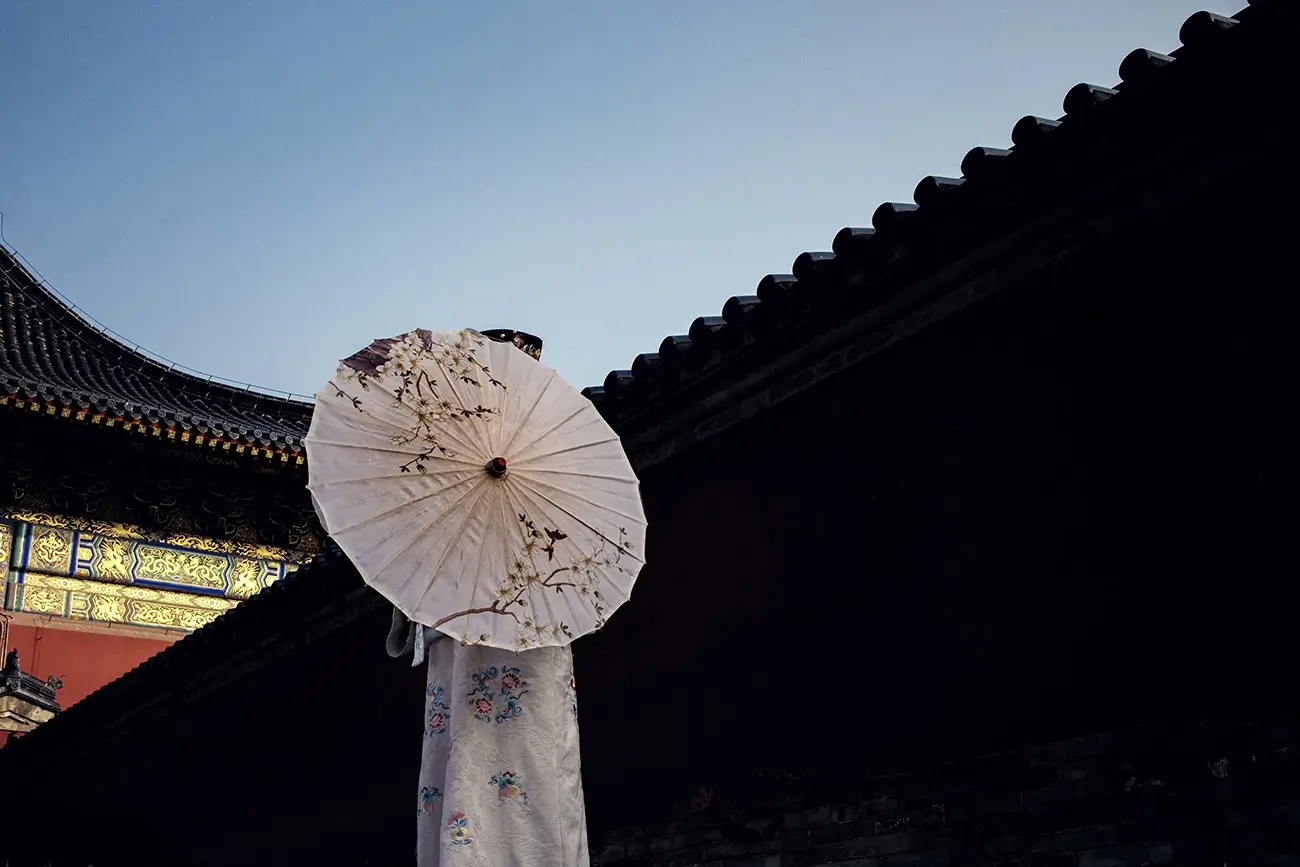Chris Yan is a Beijing-based photographer and Creative Director whose work focuses on street and documentary photography. His series
Beijing Story, which earned him a solo exhibition in October 2024, offers a nuanced look at daily life in the city.
In this interview, he discusses his photographic approach, creative influences, and the ideas behind the project.
All About Photo: You’ve lived your entire life in Beijing—born, raised, married, and now a parent. How has the city shaped who you are, both personally and creatively?
Chris Yan: Yes, I have lived in Beijing since I was born, and this city has shaped my character. People in different cities in China are very different. Shanghai people are more tasteful and know how to live, Guangdong people are smarter and good at doing business. Beijing people are generally considered to be more enthusiastic, generous, and inclusive. On the other hand, you may not know that in the past 40 years, all Chinese cities, including Beijing, have experienced tremendous changes and development. For example, when I was a child, a popsicle only cost 2 cents, and today a popsicle can be bought for 20 yuan, which has increased 1,000 times! You can imagine how much the country and the city I live in have changed in the past 40 years, and our generation has grown up in such changes. In my memory, this city is changing every day and has never stopped. So the changes in this city also make me like challenges and changes, embrace the uncertainty of the future, and nothing is impossible.
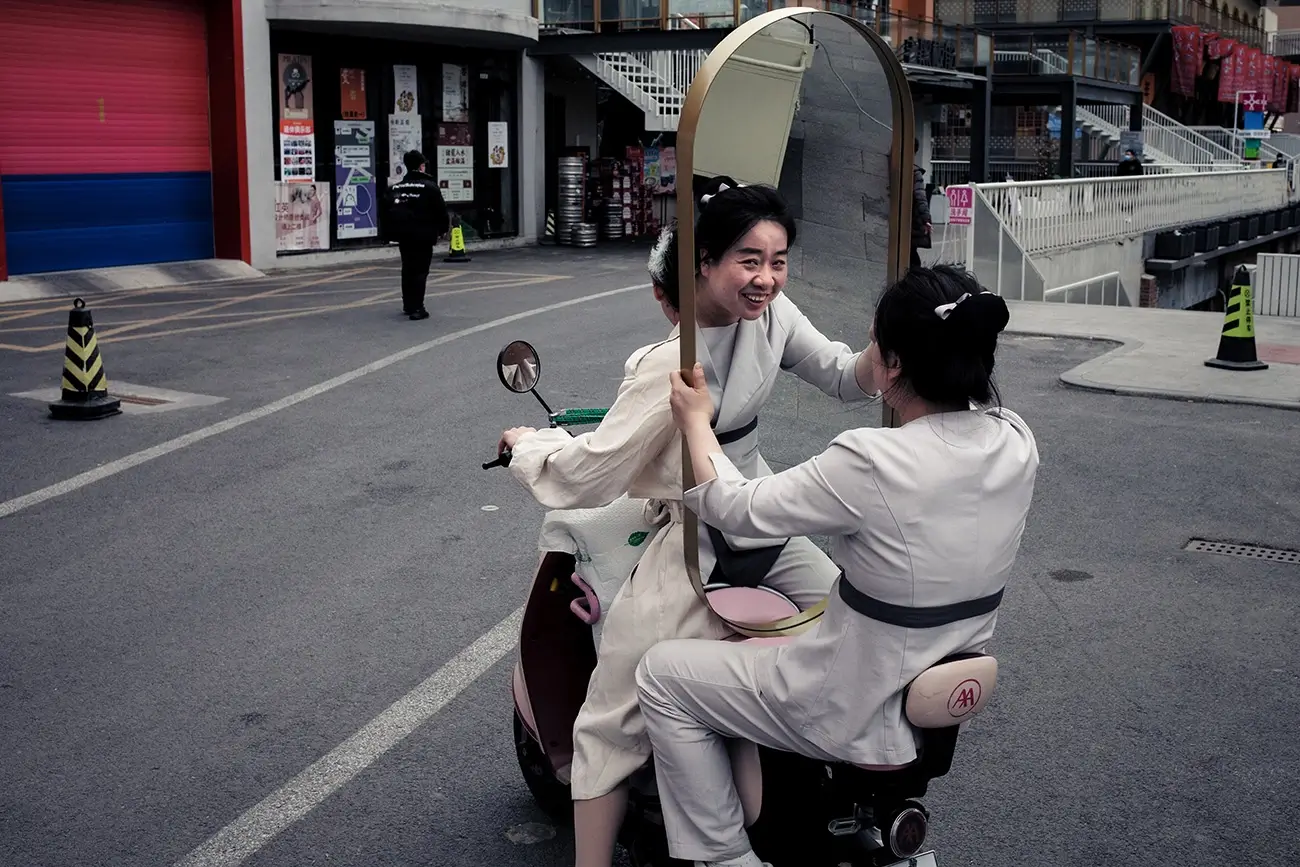
The study of art and design during college had a great impact on me. I was exposed to many art fields, including photography, architecture, sculpture, painting, etc., which made me very interested in many art fields. After graduation, I joined an international advertising company, which gave me the opportunity to expand my international vision and cooperate with directors, photographers and art directors from various countries, which gave me great inspiration. In the process of advertising creativity and design, whether it is print advertising or television advertising, it will go through a relatively long process, and the quality of the picture is very high. Every detail is very important. Therefore, these experiences have also influenced my photography style. I like photography compositions with a sense of design and form, and I also care about every element in the photo. I think details will affect the overall photo. At the same time, I think every element is part of the visual storytelling. Not only can the characters tell stories, but all the elements in the picture can tell stories, making the visual storytelling richer.
You've photographed across multiple countries over the past decade. What makes photographing your hometown different?
In the past ten years, I have traveled to one or two countries every year to take photos. This feeling is great and full of freshness, but unfortunately the time is too short. I can't live in these countries, so I can't take more in-depth photos of these places. But for my hometown, I can keep shooting, think deeply, and fully explore. Sometimes when I am tired, I can stop, get inspired by other photographers' works, and then go out again. Maybe deeper exploration makes me photographing my hometown different.
You mentioned that for most of your life, you didn’t feel inspired to photograph Beijing. What changed when your family decided to immigrate? Can you describe the emotional shift you experienced when you realized you'd eventually leave the city?
Chinese people are a traditional nation. They don't like to wander around and they value family. There is a Chinese proverb called ‘fallen leaves return to their roots’, which means that no matter where you wander, you will eventually hope to return to your homeland. Therefore, most Chinese people are quite averse to immigrating to other countries. For my family, it was not easy to make the decision to leave. But when we made the decision, my feelings towards this city changed a lot. Sometimes, you don't cherish something when you have it, and you will be reluctant to let it go when you are about to lose it. Many things in this city that I ignored before suddenly seem very important to me, many things that I used to take for granted suddenly seem very special to me, and many places that I didn't want to go to before suddenly want to see them once. That kind of emotion is very special, and it also makes my photography full of subjective emotions.
How has photographing Beijing transformed your relationship with it?
The original intention of photographing Beijing was to record as much as possible to preserve more clues and memories about the city. However, as I took more and more photos, I found that I was missing more and more. I photographed ten alleys, but there were still a hundred alleys to be photographed. I photographed a hundred streets, but there were still a thousand streets to be photographed. Even in the places I photographed, the stories that happened every day were different. The more I photographed, the bigger the black hole in my heart became. I knew that the more I photographed, the closer I would be to the day I left. Photographing Beijing brought me closer and closer to it, but also farther and farther away.
What does the title The Long Goodbye mean to you, and how does it reflect your photographic journey?
The Long Goodbye is not only the title of this project, but also a reflection of my inner feelings. I feel that photographing Beijing is like a love letter to this city. Every photo is a sentence, a little bit, expressing my reluctance to leave my hometown. Therefore, my photography journey in this city is also a sad journey. Many photos look interesting or happy, but for me personally, it is a complicated feeling.
You document the city week by week, across seasons and settings. What does a typical day of shooting look like for you?
I shoot about two or three times a week, and each time I shoot for about half a day. Because Beijing is so large, there are many places to shoot, so I usually shoot in a very small area each time. Sometimes I plan a walking route in advance, and sometimes I don’t make any plans and just walk around based on my feelings and interests. When I’m shooting, I basically don’t take a break, and sometimes I walk for three or four hours straight. Sometimes I’m so busy that I don’t have time to shoot in a week. But I’m used to carrying a camera with me every day, no matter where I go, when I encounter something interesting, I can take out the camera and shoot it at any time.
What kinds of stories or moments are you most drawn to while photographing in Beijing?
I like to photographing in Beijing's old streets and old neighborhoods. I like Beijing's hutongs the most, which are like a huge maze in themselves and are very interesting to walk in. I like to shoot stories and record different moments in the hutongs. Beijing is a city with four distinct seasons, and the hutongs in the four seasons have completely different stories, allowing me to photographing at different times throughout the year. Sometimes I chat with them and listen to their stories about the past, which is really a wonderful moment.
How do you approach capturing the tension between Beijing’s ancient traditions and rapid modernization?
More than half a century ago, there was a huge debate about the construction of Beijing. Some people advocated preserving the old city intact and building a modern new city in the new area. Others advocated demolishing old buildings and city walls in the same area and building new buildings. Unfortunately, Beijing's urban construction chose the latter. So many traditional buildings were demolished, and many old streets and alleys disappeared. It was not until the last twenty years that people realized that the original choice was wrong, and began to rebuild some traditional buildings and streets, and also began to protect some of the remaining old alleys. However, for me, this is completely different from my previous memories, and many of the disappeared ancient traditions will never come back. I can't do anything about the tension between Beijing's ancient traditions and rapid modernization. What I can do is to record more of today's Beijing through photography, which is why I prefer to shoot old streets and old communities.
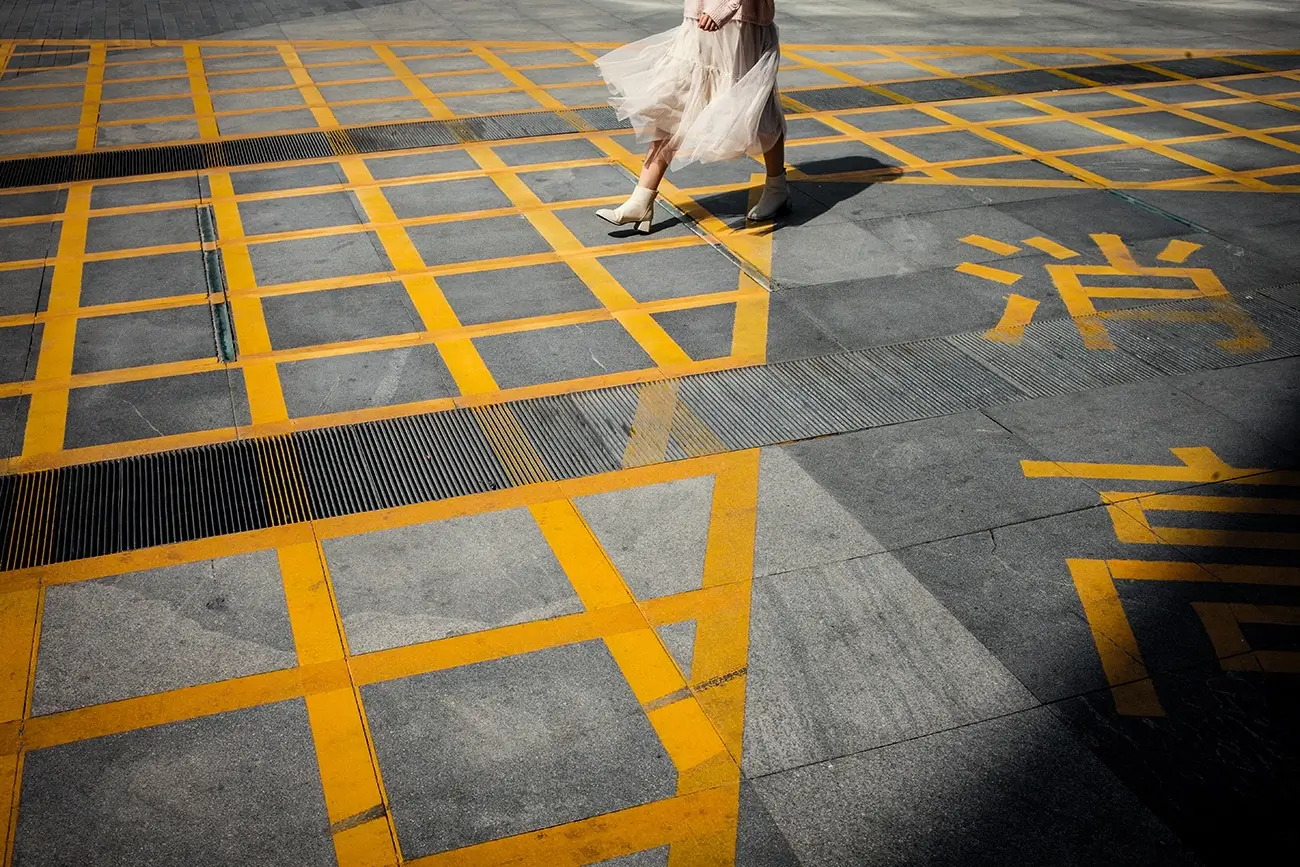
I think this complexity is difficult to show through a single photo. I need a project to record and present it from different angles. So I will spend several years shooting in different areas of Beijing. I think any photo is one-sided. I need to present the story of this city through a long-term record. Whether it is new or old, traditional or modern, the life of locals or immigrants, it is all Beijing.
Your work has received significant recognition, including features in Leica’s LFI Gallery and awards from All About Photo Awards and the Solo Exhibition. What impact has this recognition had on your creative practice?
I am very grateful and honored to receive these recognitions.
All About Photo Solo Exhibition presents my ongoing projects, which means a lot to me and makes me more passionate to complete this long-term project. All About Photo allows more people to see my photos. Many photographers from all over the world have given me very friendly and incredible responses and support, which I am very grateful for.
Do you feel your background in advertising and visual design gives you a different eye compared to other street or documentary photographers?
I think my background in advertising and visual design has made me pay more attention to the overall quality of photography. Composition, light and shadow, color and other comprehensive factors together determine the photo. I also care about visual storytelling. I think street photography is not only for self-entertainment, but also a form of expression and communication. I like what Alex Webb said, ‘a lot of the most interesting work, falls into the nether area, somewhere between the worlds of documentary and photojournalism and the world of art.’
What are your hopes for The Long Goodbye as a future book project? Are there specific themes you want to highlight in the final edit?
I hope this book can record the stories of Beijing in a richer way, with different times, seasons, regions and people, showing the small stories happening in this big city in a more three-dimensional way. At the same time, I also hope that more people can see it. Beijing is still far away from people in many parts of the world. The people here have had their own lifestyle and culture for thousands of years, which is mysterious and unique. I hope my book project can let more people in the world know about this place. At present, I have not thought of the theme I want to highlight the most in the final editing, but Hutong must be one of the themes I care about most. It is the unique charm of the city of Beijing and the emotion that I can never give up in my heart.
Are there other cities or cultures you’re eager to document in a similar personal and reflective way?
Of course, I really want to explore and record other cities. But I think that must be different from the way I photograph Beijing. Maybe, I will observe and record from the perspective of an outsider. I am looking forward to such a new attempt.
What advice would you give to photographers looking to find inspiration in a place they think they know too well?
I think it is really not easy to take photos in places that are too familiar, because there will be no enthusiasm and no freshness. I think the more familiar the place is, the harder it is to take photos. But I think everything has two sides. On the other hand, because of familiarity, you can better integrate with the locals, communicate with them, and it is easier to approach and photograph them. You also understand the local culture better, know what the people around you are thinking, and can explore more deeply. If you also want to record your city, I think the most important thing is passion and persistence. Continuous shooting will make you find unexpected fun and gains in the process.
